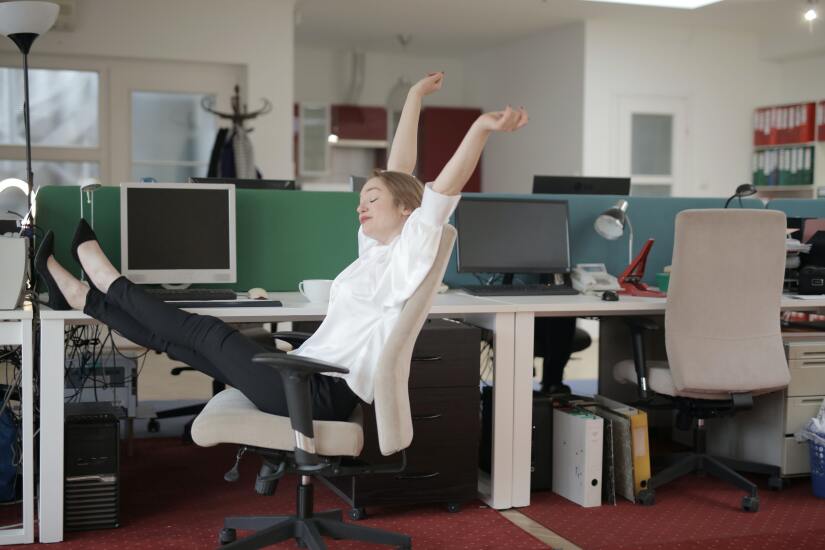As National Women's Health Week begins, it's a good time to revisit the ways in which your organization can encourage female employees to take care of their health.
For many working women, finding the time to engage in
Read more:
"It's part of [women's] inherent nature to prioritize and make sure that the needs of the people around us are met before meeting our own needs," says Claire Morrow, a physical therapist with
Whether working from home or in an office, here are four ways women can take advantage of movement and mini mental breaks to stay engaged, be productive, and ward off stress and fatigue.






